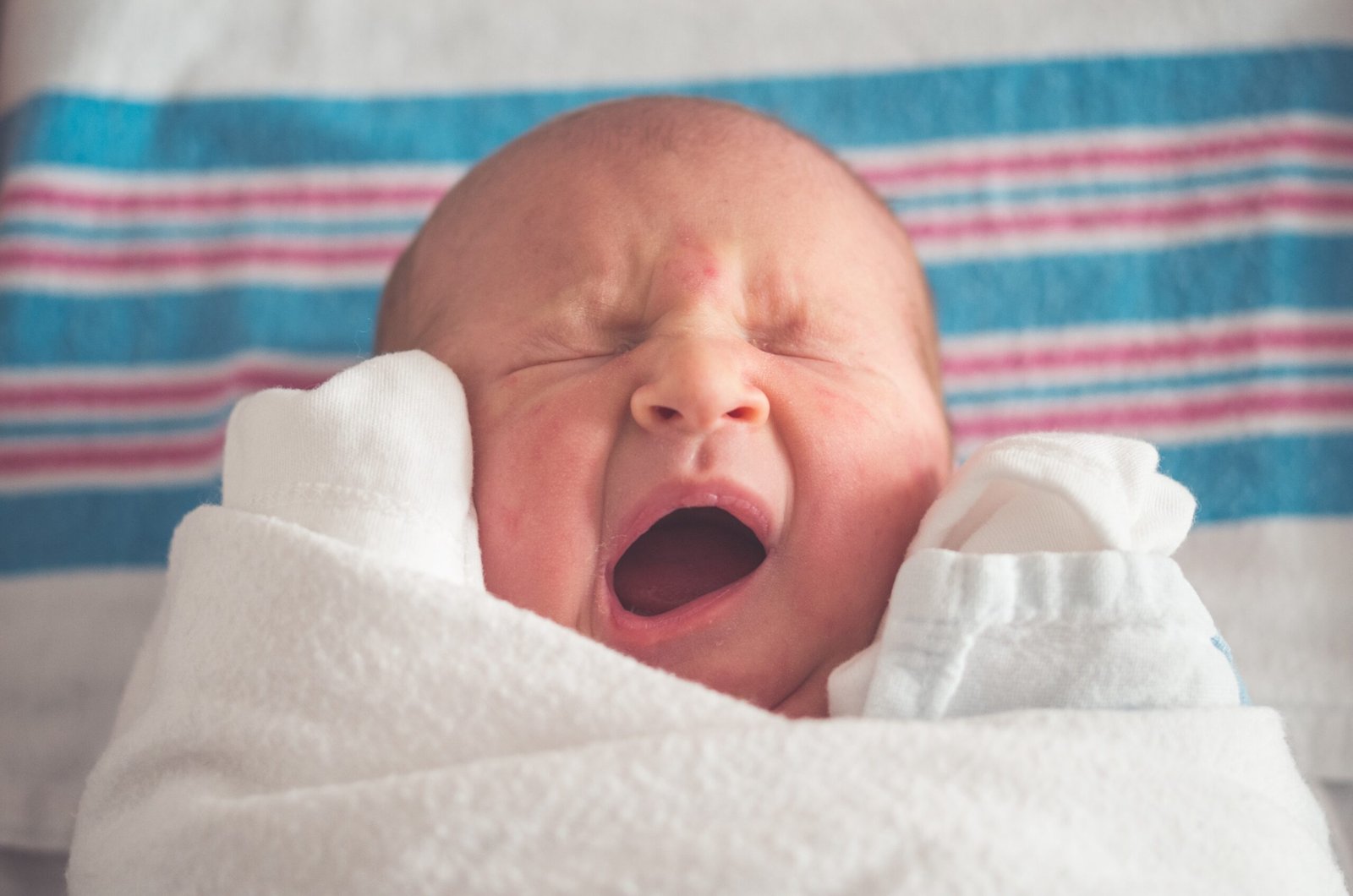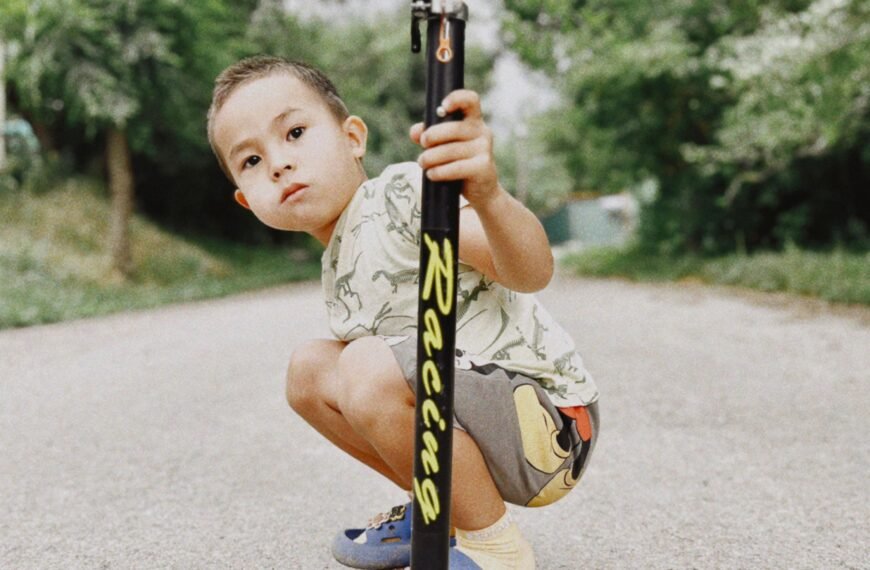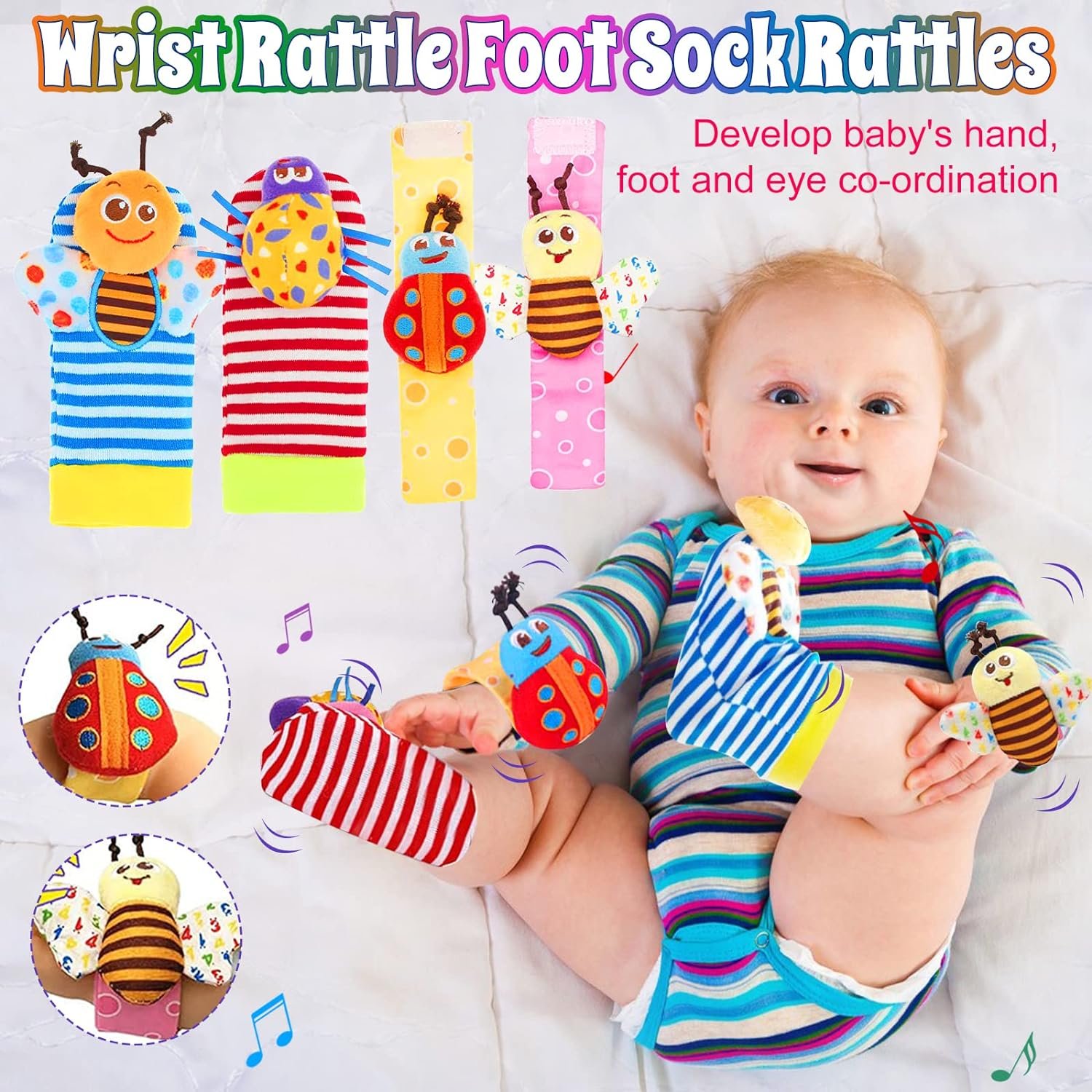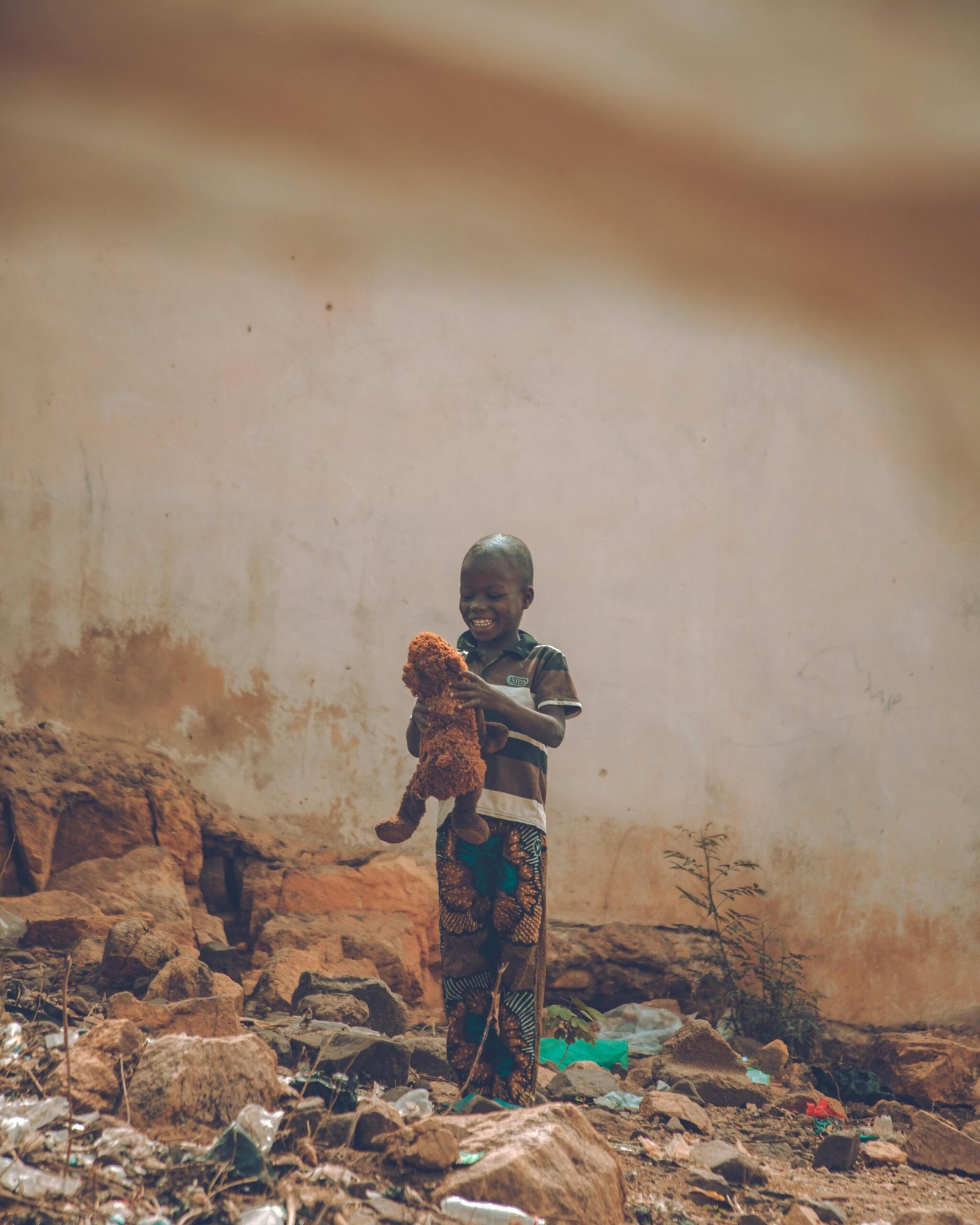You love seeing your baby happily engaged with their favorite fabric toys, but over time, they can start to accumulate dirt, dust, and germs. Ensuring that these toys are clean is essential for your baby’s health and safety. In this article, we’ll provide you with practical and easy-to-follow tips on how to effectively clean fabric baby toys, so you can keep them in pristine condition and give your little one a germ-free playtime experience.
Check Baby Toys Guide & Review
Gather the necessary cleaning supplies
Before you begin cleaning your fabric baby toys, it’s important to gather all the necessary cleaning supplies. You’ll need mild detergent or baby-safe laundry soap, warm water, a soft-bristled brush or toothbrush, a bucket or sink, clean cloths or towels, a lint roller or sticky tape, and optionally, white vinegar and baking soda.
Read the care instructions
Fabric baby toys often come with care instructions that provide guidance on how to clean them without causing any damage. It’s important to take the time to read the care instructions before proceeding with any cleaning methods. Check the toy’s label or packaging for any specific instructions or recommended cleaning methods.

Spot cleaning for minor dirt and stains
For minor dirt and stains on fabric baby toys, spot cleaning is often sufficient. Start by removing any loose dirt or debris from the toy’s surface. Then, dampen a clean cloth with water and gently blot the affected area. If necessary, you can use a mild detergent solution to further clean the toy. However, be careful not to use excessive water, as it can lead to damage. Always avoid harsh chemicals as they may be harmful to your baby.
Machine washing for machine-safe toys
Some fabric baby toys are machine washable, but it’s important to check the care instructions to confirm. If the toy is machine washable, pre-treat any stains with mild detergent before placing it in a mesh laundry bag. Use a gentle cycle and cold water to ensure the fabric does not shrink or become damaged. Avoid using fabric softener or bleach, as they may irritate your baby’s skin. After washing, air dry the toy, avoiding direct sunlight which can cause fading or discoloration.
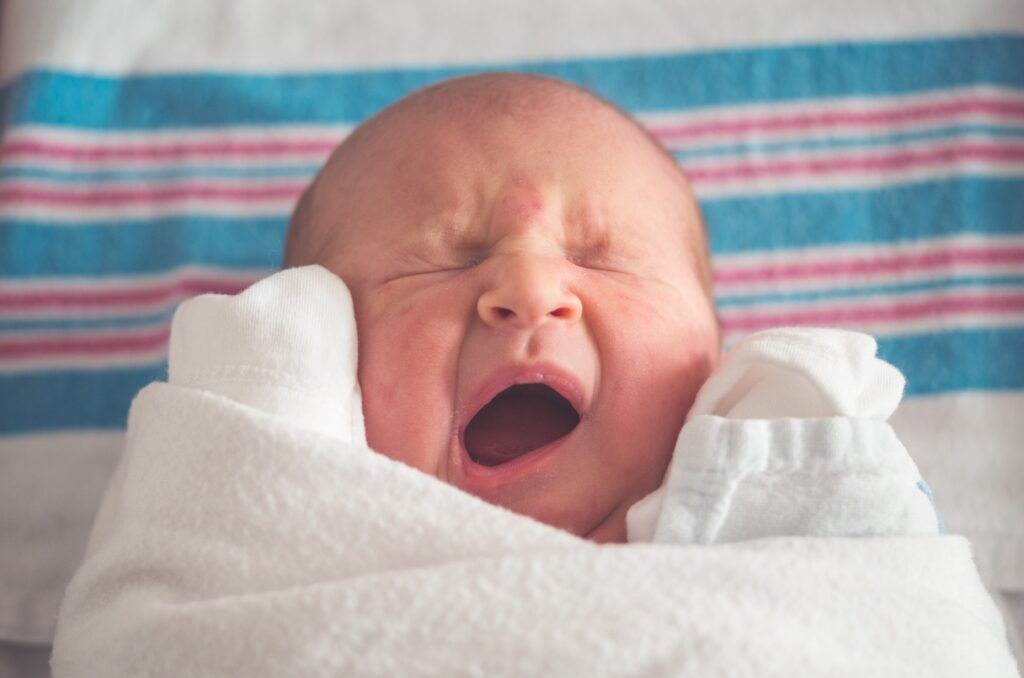
Hand washing for delicate or non-machine washable toys
For delicate or non-machine washable fabric baby toys, hand washing is the best method to avoid damaging the toy. Fill a bucket or sink with warm water and add mild detergent or baby-safe laundry soap. Gently agitate the toy in the soapy water, making sure to pay extra attention to soiled areas. After scrubbing, rinse the toy thoroughly with clean water. Squeeze out excess water without wringing, as this can deform the toy. Finally, pat dry with a clean towel or cloth and allow the toy to air dry completely before giving it back to your baby.
Disinfecting the toys
To ensure your fabric baby toys are properly disinfected, you can use a solution of equal parts white vinegar and water. Dip a clean cloth into the vinegar solution and wipe down the surface of the toy. Alternatively, you can make a paste with baking soda and water and apply it to stained or smelly areas. Let the vinegar or baking soda sit for a few minutes before rinsing the toy thoroughly with clean water. It’s important to allow the toy to air dry completely to prevent any moisture buildup.

Removing pet hair and lint
Fabric baby toys are often prone to collecting pet hair and lint. To remove loose hair, you can use a lint roller or sticky tape. Simply roll the lint roller over the toy’s surface, or wrap sticky tape around your hand with the sticky side facing out and press it onto the toy to pick up lint. Repeat as necessary until the surface is clean and free from pet hair and lint.
Preventing mold and mildew
Mold and mildew can pose a health risk to your baby, so it’s important to take preventive measures to avoid them on fabric baby toys. One way to prevent mold and mildew is to ensure that the toys are completely dry before storing them away. Avoid storing damp toys and make sure to store them in a clean and dry environment. Rotate toys frequently to prevent prolonged exposure to moisture. Regularly inspect toys for any signs of mold or mildew, and if you find any, follow appropriate cleaning steps. Additionally, consider using a moisture absorber in the toy storage area to minimize the risk of mold growth.
Additional tips for cleaning fabric baby toys
When cleaning fabric baby toys, there are a few additional tips you can keep in mind to ensure effective and safe cleaning. Perform a patch test on a small, inconspicuous area before cleaning the entire toy to check for any adverse reactions or color fading. Avoid using abrasive cleaners or harsh chemicals that may damage the fabric or be harmful to your baby. For stuffed animals or toys with removable parts, check if the parts can be separated and place them in a pillowcase for machine washing. It’s also important not to overload the washing machine with too many toys, as this can lead to inadequate cleaning. If you want to further ensure cleanliness, consider using a laundry sanitizer, following the manufacturer’s instructions if available. If you’re unsure about the cleaning method for a specific fabric baby toy, it’s always best to consult with a pediatrician or trusted expert for advice.
Conclusion
Regular cleaning and maintenance of fabric baby toys are essential to ensure safe play for your little one. By following the appropriate cleaning methods based on the toy’s care instructions, you can effectively remove dirt, stains, and allergens while protecting the integrity of the fabric. Whether you spot clean, machine wash, or hand wash, always prioritize the safety and well-being of your baby by avoiding excessive water and harsh chemicals. With proper care, your fabric baby toys can stay clean, hygienic, and ready for many more hours of joyful playtime.

